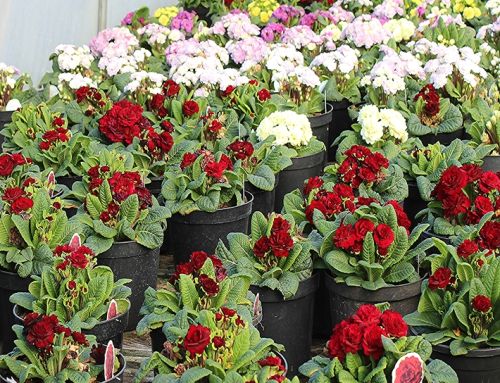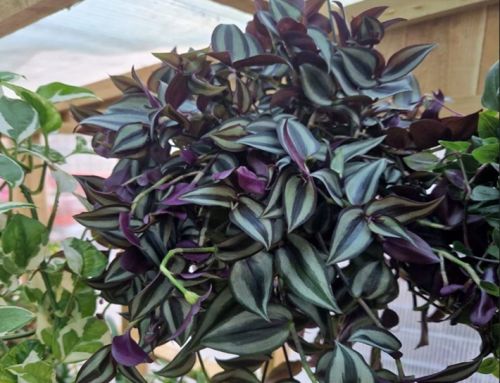Astrantias
Astrantias really are the star plant of a summer and autumn border, which is so apt as the first five letters of its botanical name – ‘Astra’ comes from the Greek language, meaning ‘Star’. These celestial gems have been blooming in British gardens since the Tudor Times, a true testament to their popularity as a border staple. Commonly known as ‘Masterwort’ which denotes its herbal use as a diuretic or purgative, and also known as ‘Hattie’s Pincushion’, the reasoning behind this name becomes evident when you take a closer look at it’s flower. The centre of the Astrantia major flower literally looks like a mass of pins stuck into a central cushion. Surrounding the flower centre is a ring of pointed papery bracts; these are often mistaken for petals, in shade of red, pink or greenish white. By now, the Astrantia has cemented itself as a cottage garden favourite, which has led to showier, stronger and more colourful forms. They set many seeds and hybridise easily.
 A native of central and eastern Europe, they were first found growing in woodland margins and meadowland. Nowadays you will find Astrantias in cottage and informal gardens, city and courtyard gardens, flower borders and beds and underplanting of roses and shrubs where the conditions are perfect for this clump-forming perennial. Astrantia prefers a moist soil, but also grows well in drier areas, and can also be used as a dry marginal but does not like having its roots totally submerged. It is tolerant of light shade but thrives when basking in full sunlight. They require very little attention once established and spreading, this adds to their popularity. If you deadhead after flowering, it will encourage a second flush of flowers too. They will flower from mid-June through to early autumn.
A native of central and eastern Europe, they were first found growing in woodland margins and meadowland. Nowadays you will find Astrantias in cottage and informal gardens, city and courtyard gardens, flower borders and beds and underplanting of roses and shrubs where the conditions are perfect for this clump-forming perennial. Astrantia prefers a moist soil, but also grows well in drier areas, and can also be used as a dry marginal but does not like having its roots totally submerged. It is tolerant of light shade but thrives when basking in full sunlight. They require very little attention once established and spreading, this adds to their popularity. If you deadhead after flowering, it will encourage a second flush of flowers too. They will flower from mid-June through to early autumn.
As I said earlier, Astrantia produce an abundance of seed. You can collect this seed and sow as soon as harvested in a compost of your choice and in a cool place. It can also be divided in spring before the new growth starts.
View our range here






